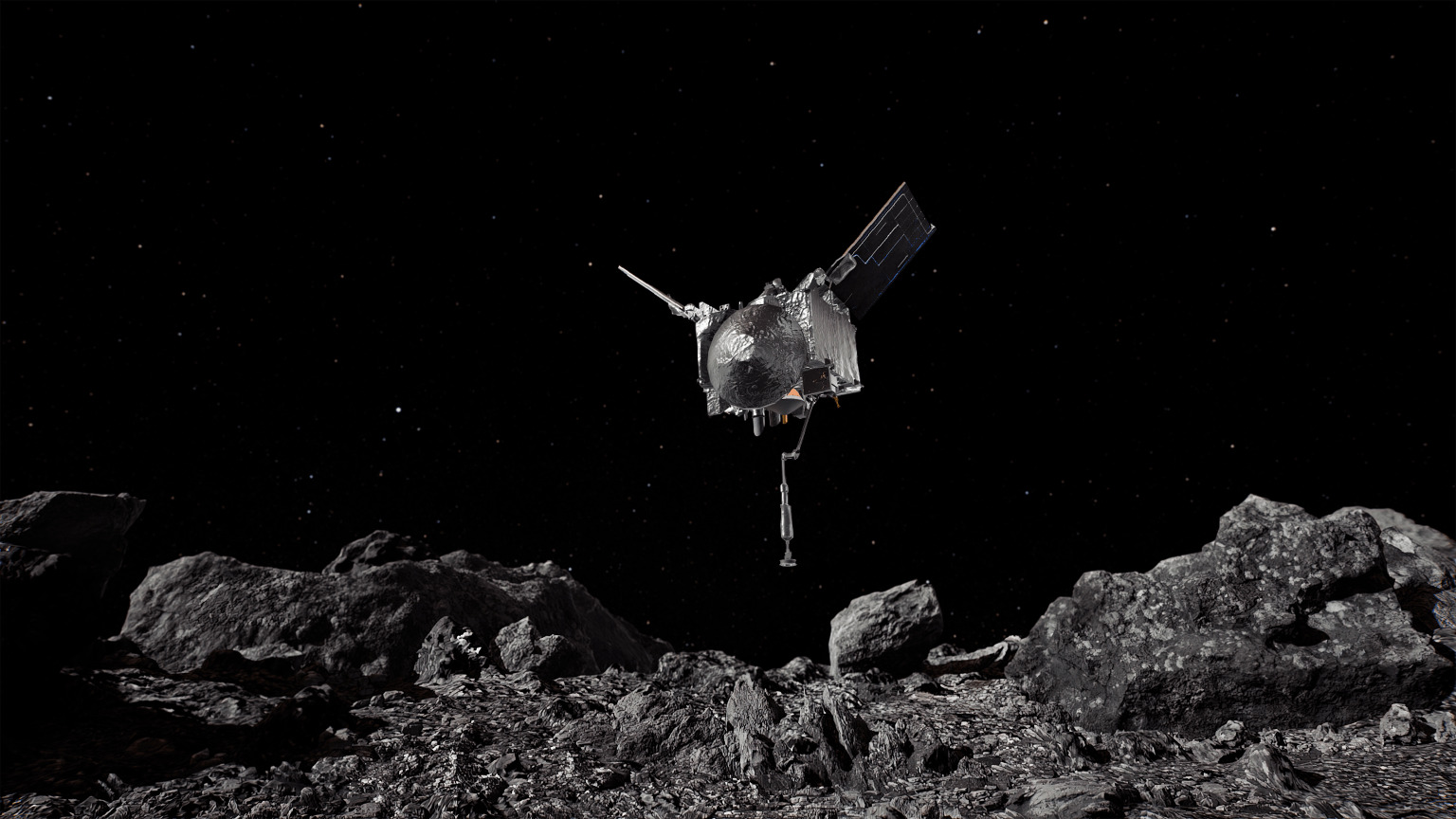The capsule, which fell back to Earth on September 24 with fragments of an asteroid on board, may have made the most visited atmosphere re-entry in history.
This capsule, released by the American probe Osiris-REx, was expected because of its extremely rare contents: the space probe had touched the asteroid Bennu three years ago and until then only two Japanese probes in 2010 and 2020 had returned to Earth fragments of asteroids. But Osiris-REx (short for Origins-Spectral Interpretation Resource Identification Security Regolith Explorer) was also awaited with an equally rare opportunity: its capsule represented a “cosmic” object from which we could predict the exact time when it would return entered the atmosphere and its trajectory and speed were compared to those of a meteorite.
However, we have little data about the behavior of meteorites in our atmosphere, and for good reason because we are rarely able to observe them live. The most we can do is measure the energy behind an explosion like that of the 18-meter-wide meteorite that erupted over Chelyabinsk, Russia, in 2013. Since this explosion was more than 30 times more powerful than that of the Hiroshima atomic bomb, experts say the field had good reason to ask us to track the capsule’s re-entry second by second.
Planes, balloons, seismographs, infrasound detectors and other equipment listened on Sept. 24, between the time the capsule entered the atmosphere over San Francisco and the time its parachute deployed seven minutes later. It hit the ground in the Utah desert. At a speed of 12 kilometers per second, it compressed the air in front of it, creating a “bubble” of very hot gas and plasma and a double hypersonic boom.
Some experts have estimated that the “box” could contain 250 grams of material collected from Bennu’s surface. The exact amount may not be known for several weeks, but it will likely be a much larger “harvest” than in the case of the two Japanese missions. Some of this material will be distributed to researchers from 25 laboratories around the world, including 4% to Canadian researchers, as the Canadian Space Agency provided the laser altimeter used to “map” the asteroid’s surface.

